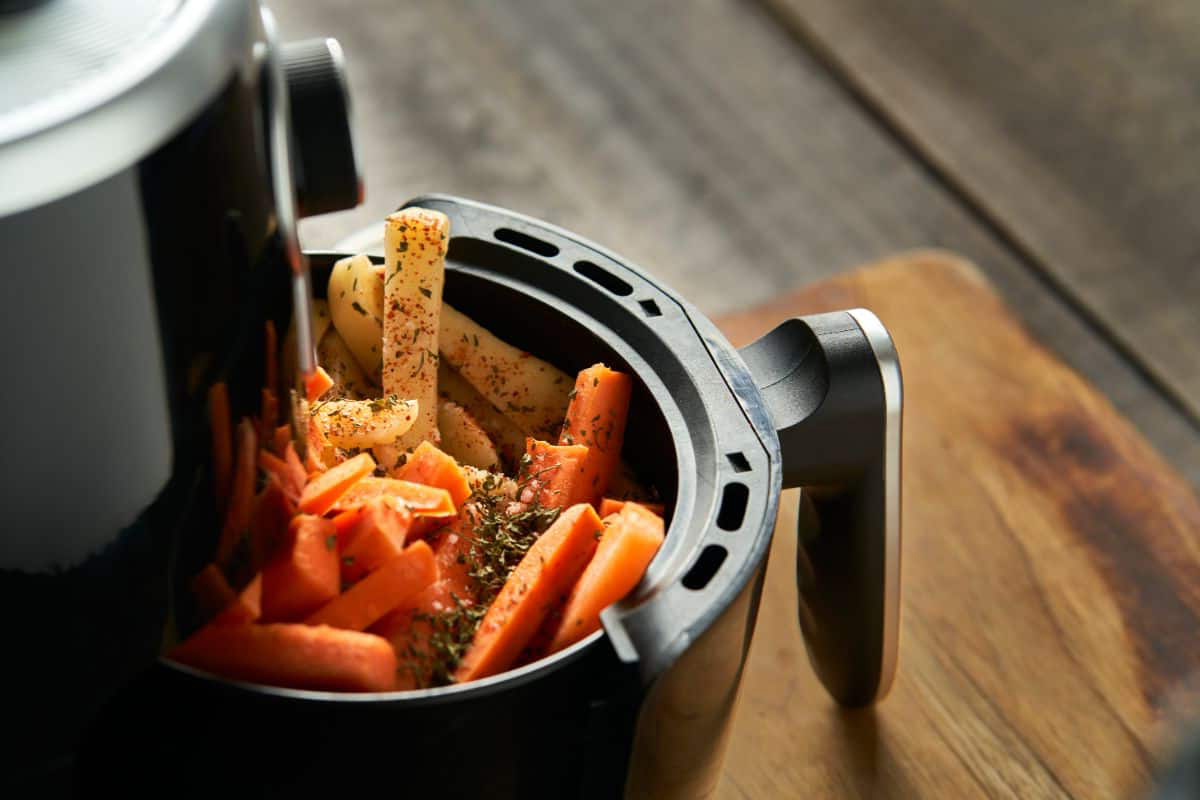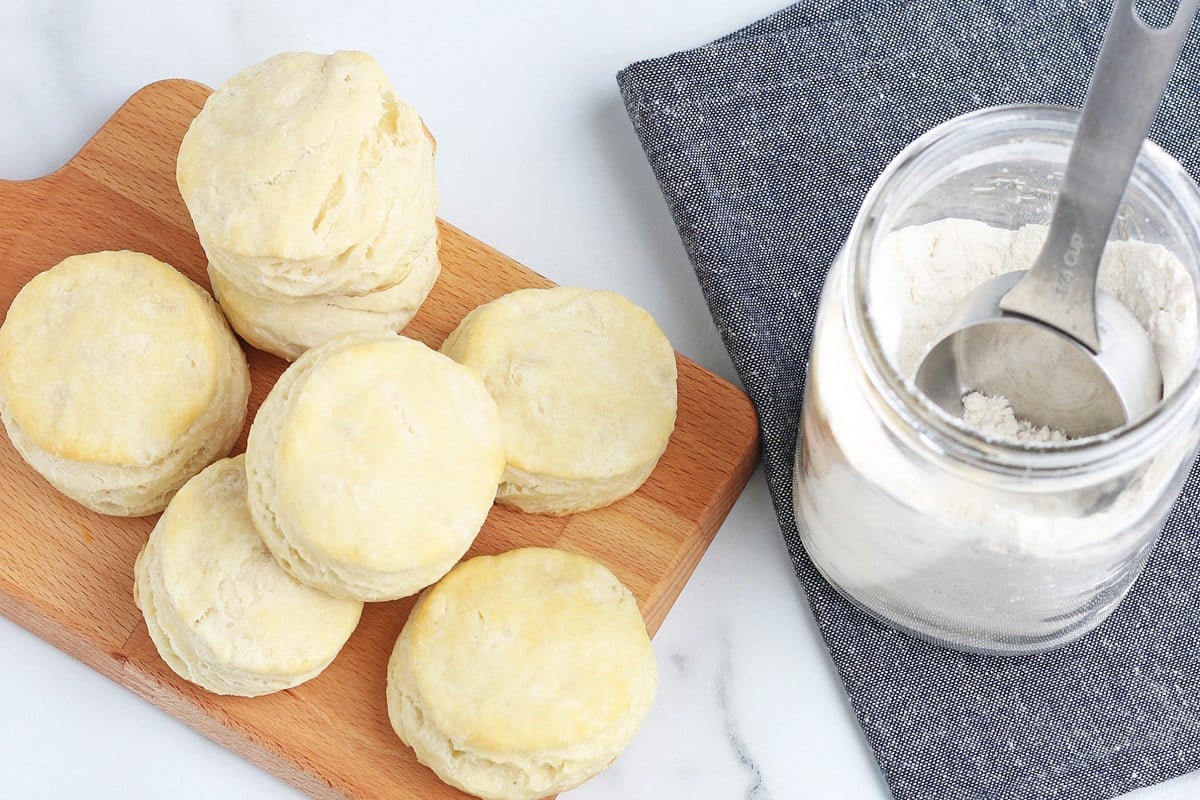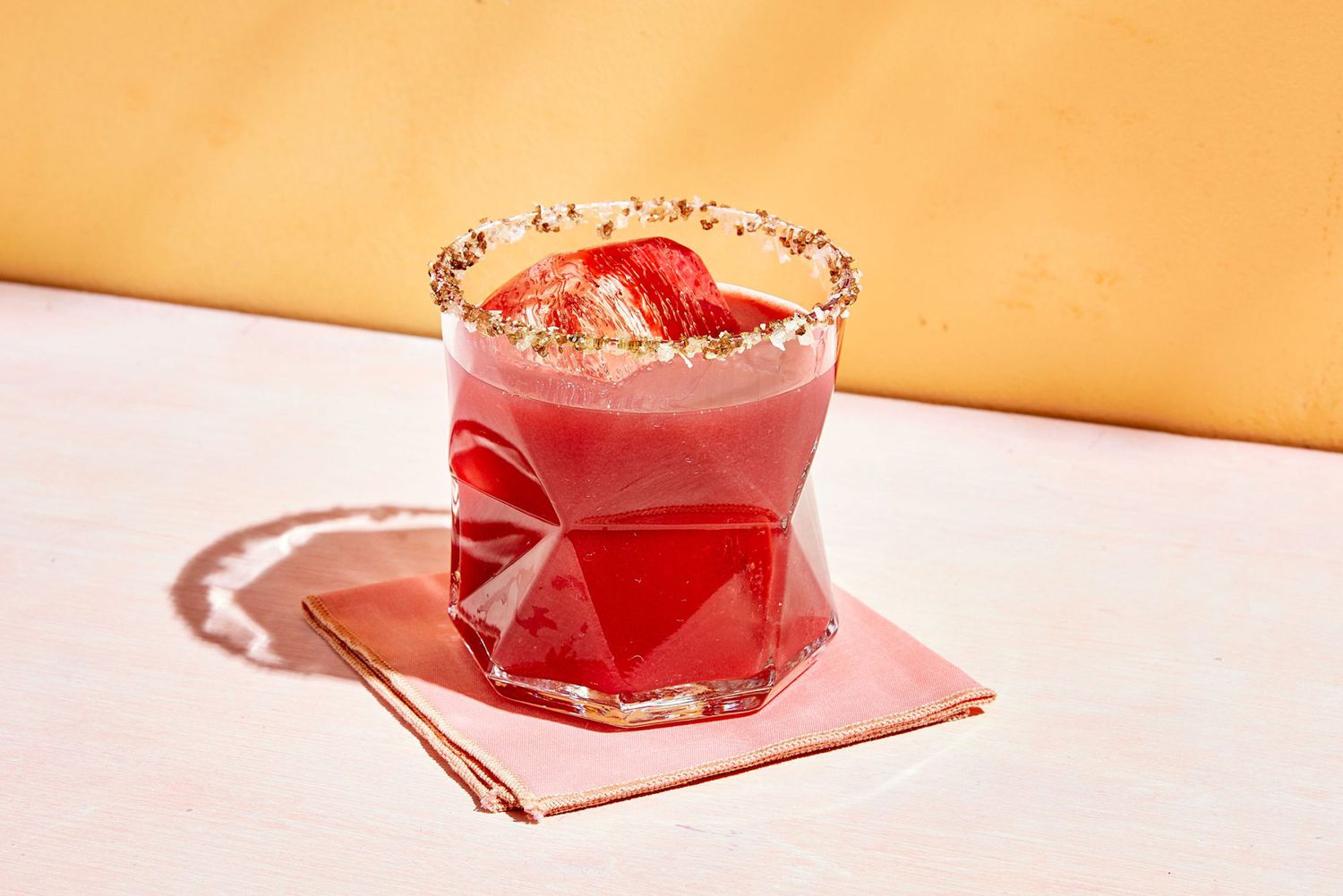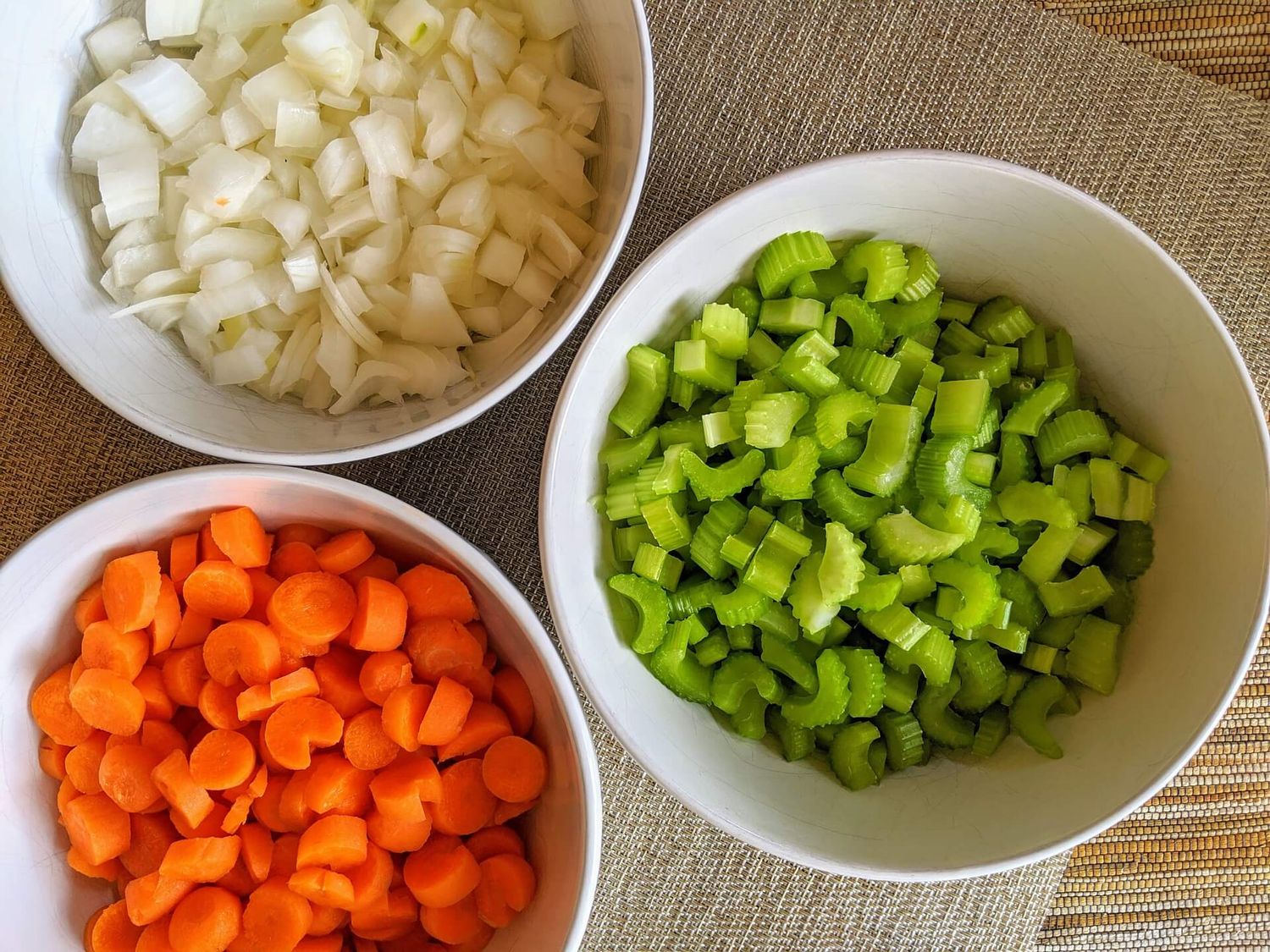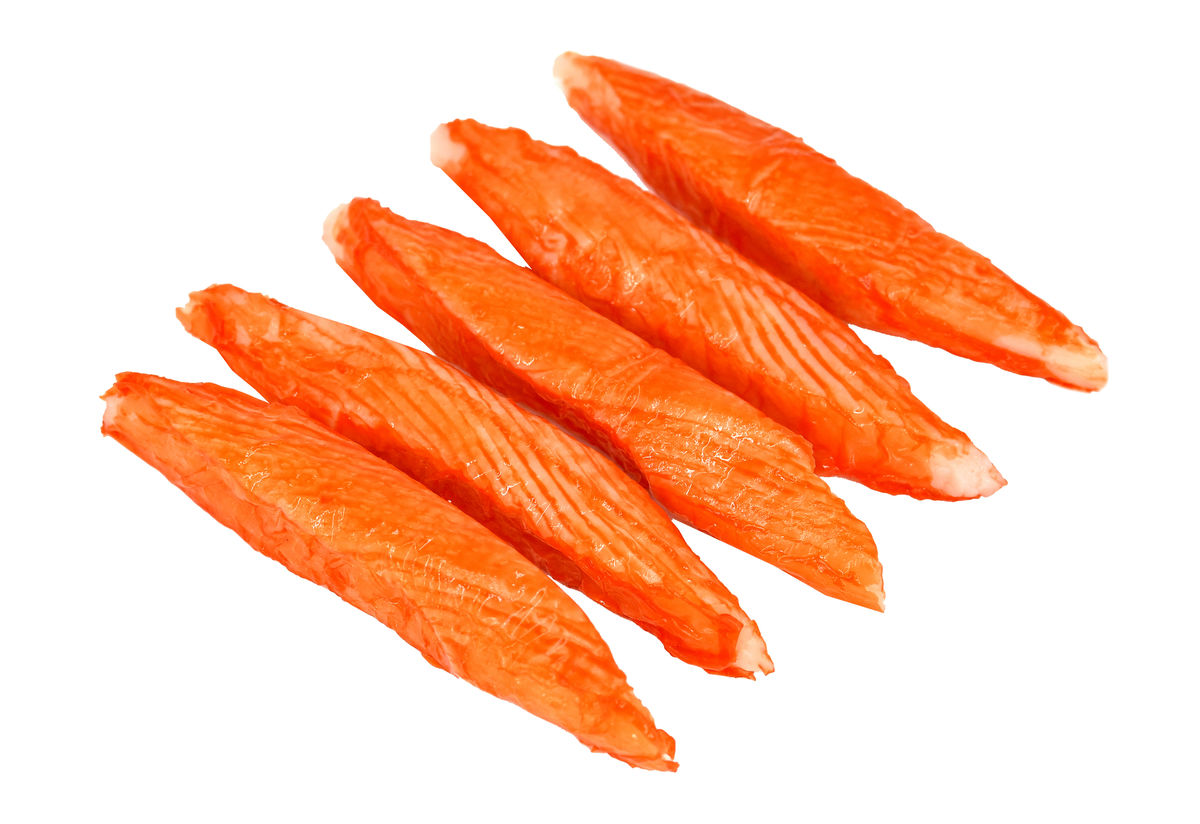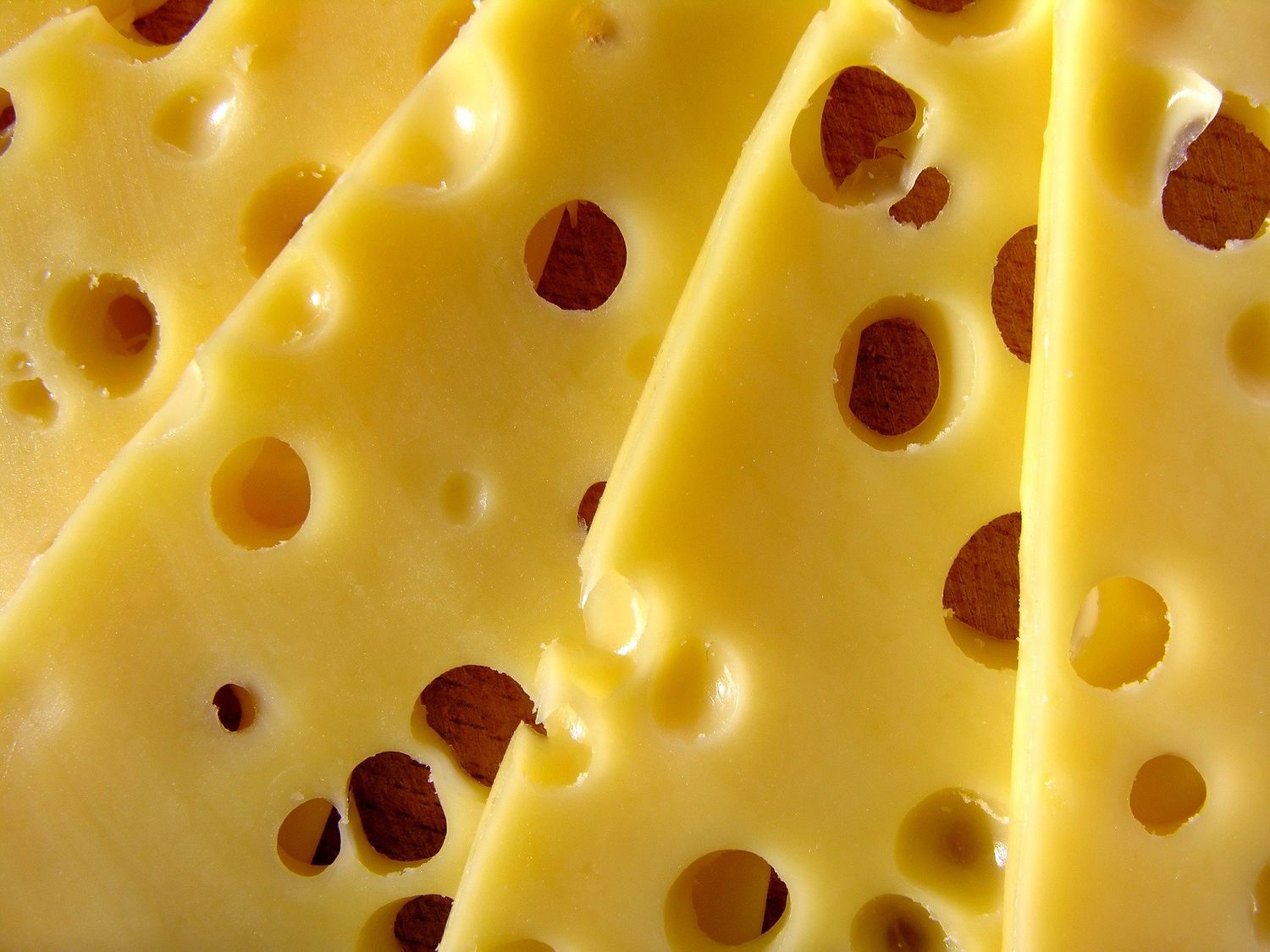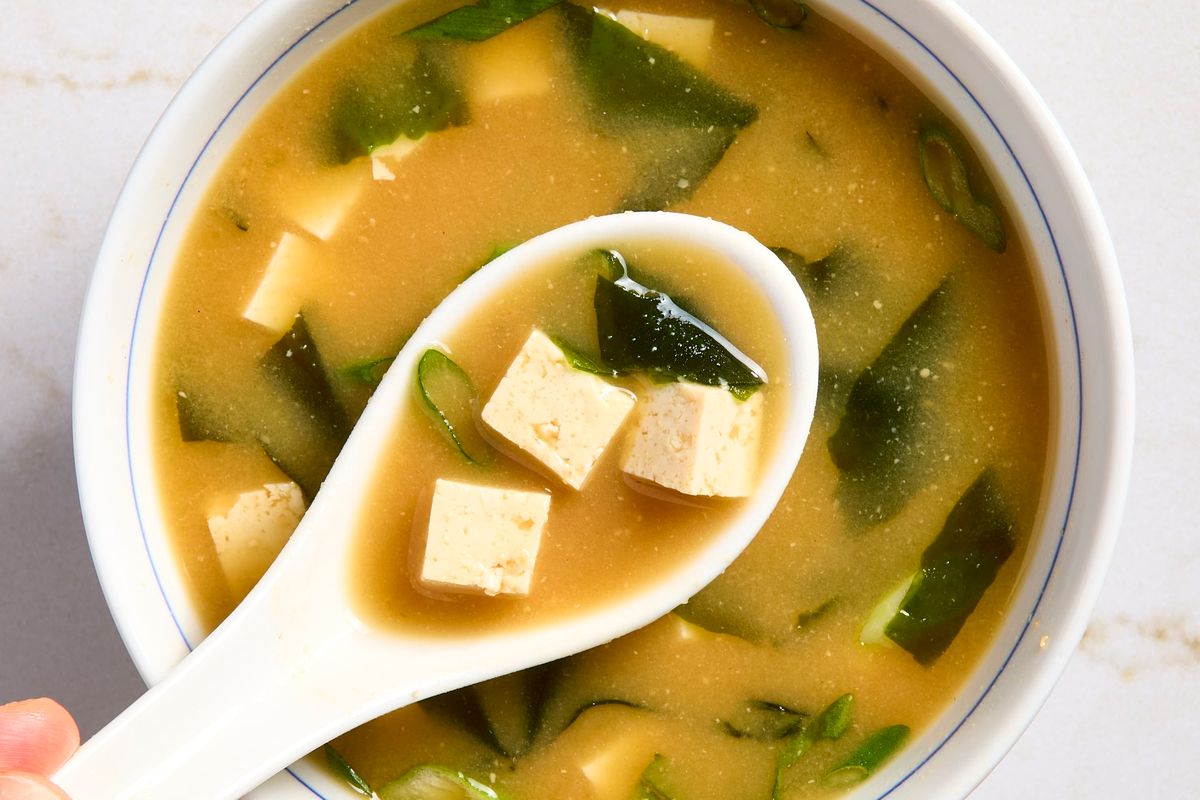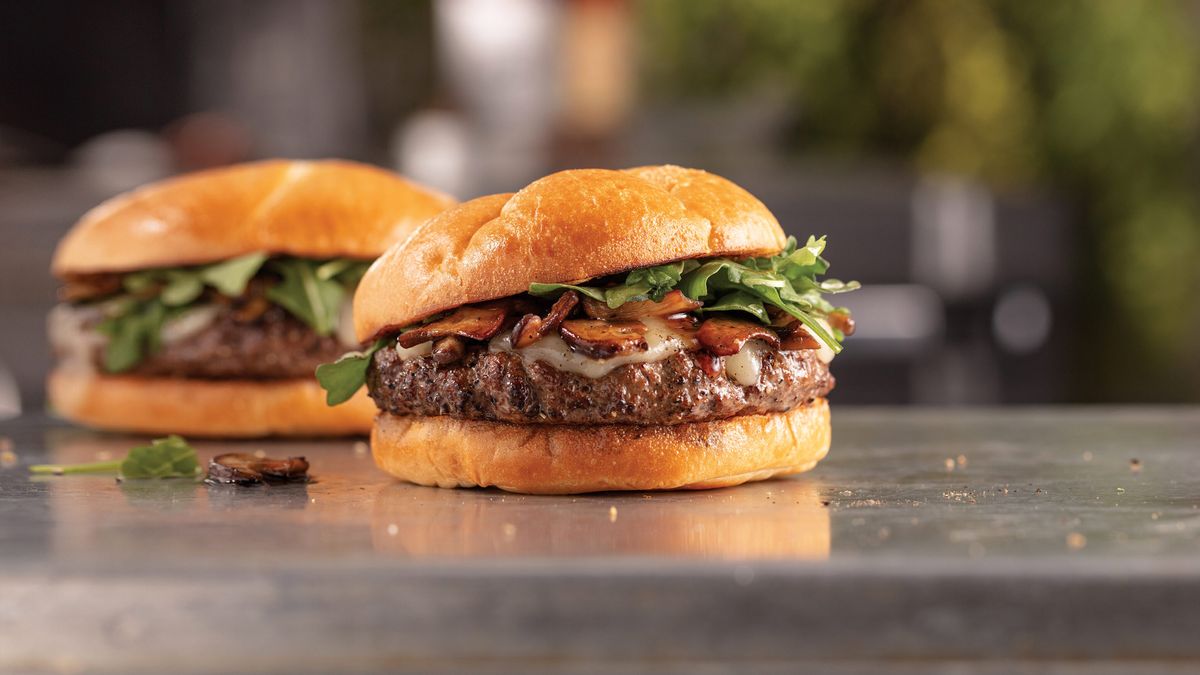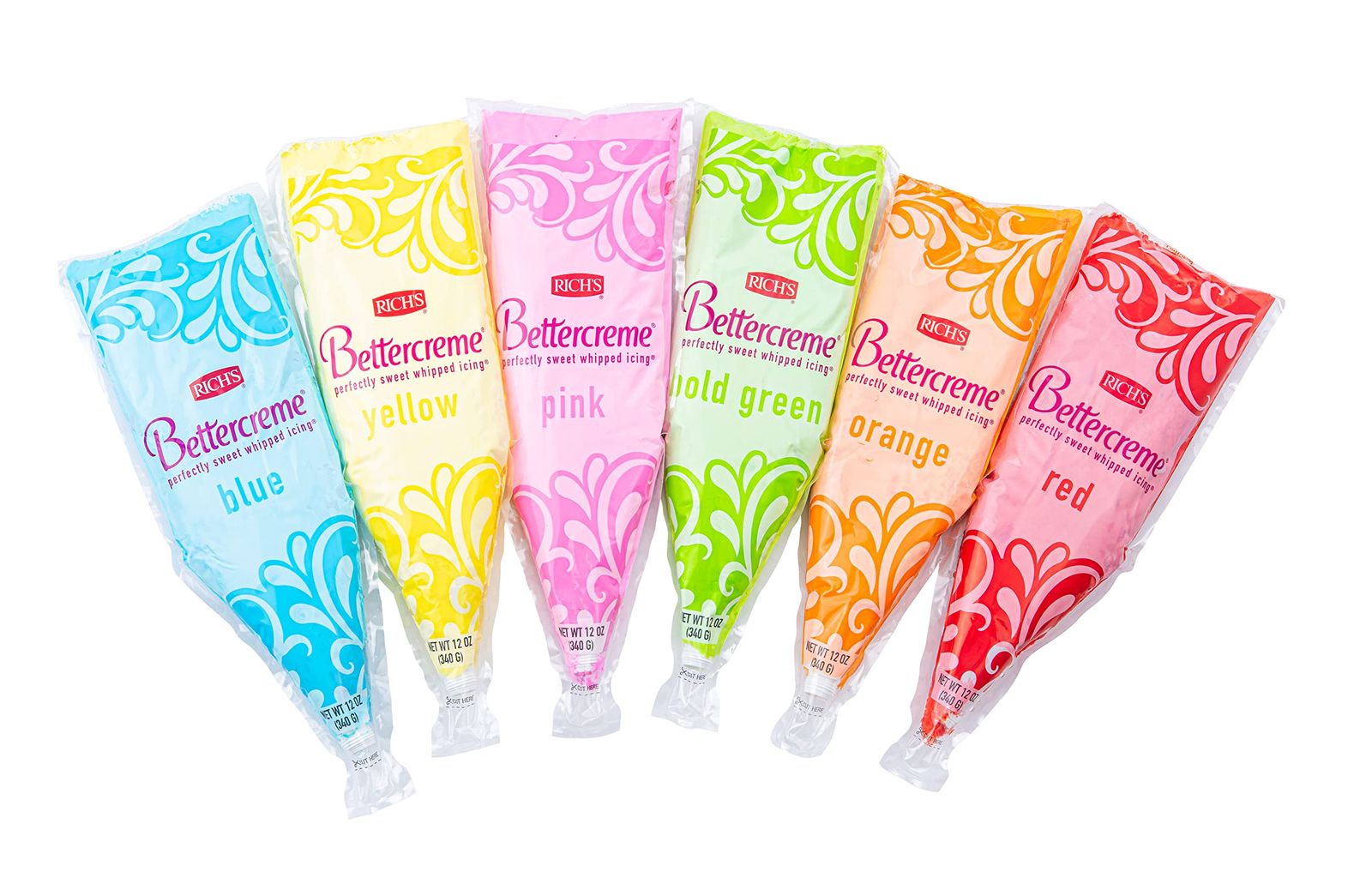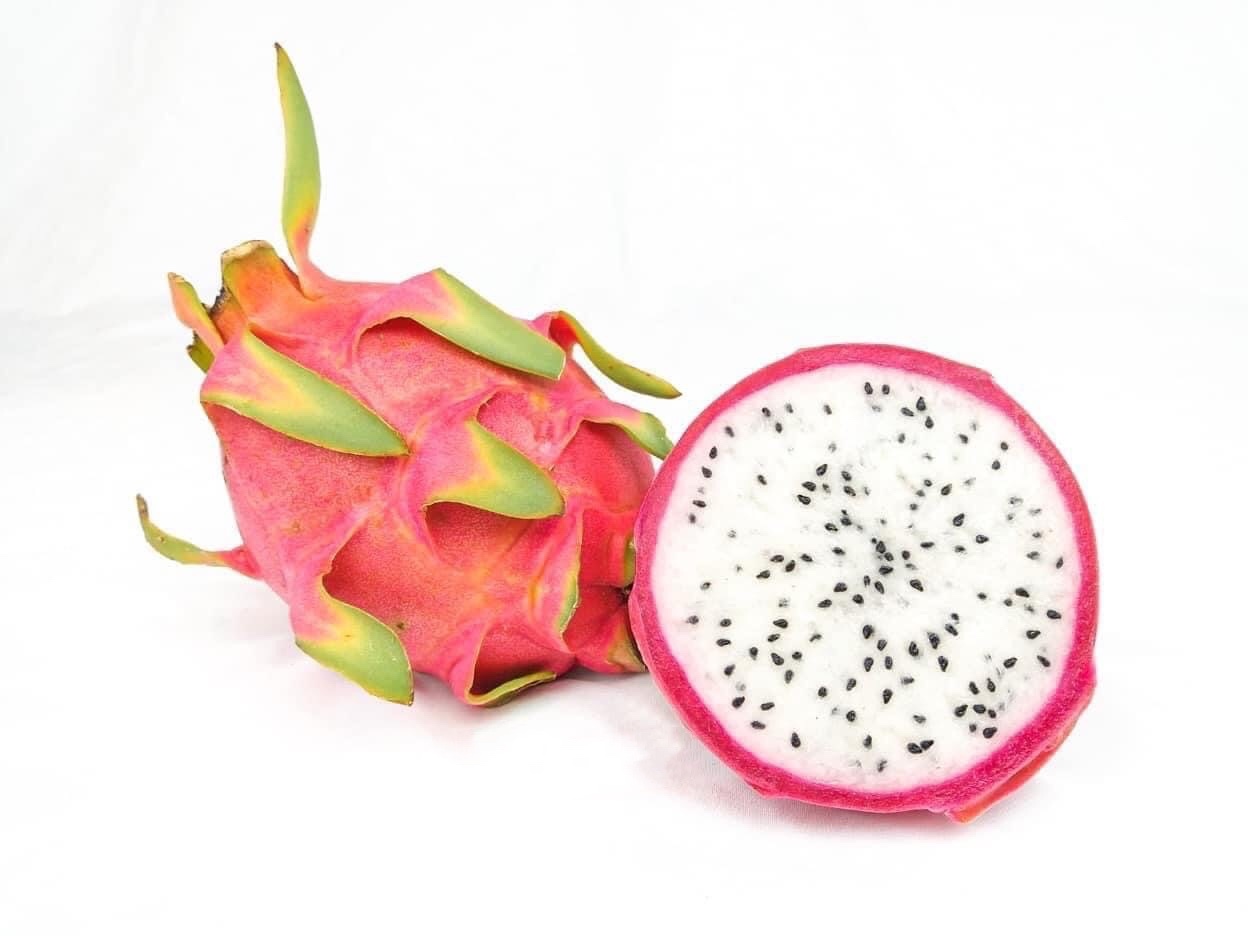Understanding Sticky Rice: A Staple in Asian Cuisine
Sticky rice, also known as glutinous rice, is a staple in many Asian cuisines and is a popular choice for a variety of dishes. Despite its name, sticky rice does not actually contain gluten; rather, it gets its sticky texture from the high levels of amylopectin, a type of starch, present in the grains. This unique characteristic makes sticky rice a versatile and delicious ingredient in many traditional dishes.
Characteristics of Sticky Rice
Sticky rice is distinct from other types of rice due to its sticky and chewy texture when cooked. The grains are short and opaque, and they become translucent and sticky when cooked. This makes sticky rice ideal for dishes that require a cohesive texture, such as sushi, rice cakes, and dumplings.
Popular Dishes Made with Sticky Rice
Sticky rice is a key ingredient in a wide range of Asian dishes, and its unique texture and flavor make it a beloved component of many traditional recipes. Some popular dishes made with sticky rice include:
- Sticky rice with mango: A classic Thai dessert featuring sweet sticky rice topped with ripe mango slices and drizzled with coconut milk.
- Sticky rice dumplings: These are often filled with savory or sweet fillings and are a popular choice for dim sum or dessert.
- Sticky rice sushi: In some regions of Asia, sticky rice is used to make sushi, offering a different texture and flavor compared to regular sushi rice.
- Sticky rice cakes: These are often steamed and served as a sweet or savory treat, depending on the ingredients used.
Cultural Significance
Sticky rice holds cultural significance in many Asian countries and is often associated with traditional festivals and celebrations. In some cultures, sticky rice is used in ceremonial dishes or offerings to ancestors, symbolizing prosperity and togetherness.
Cooking and Preparation
When cooking sticky rice, it’s important to soak the grains for several hours or overnight to ensure they achieve the desired sticky texture. Once soaked, the rice can be steamed, boiled, or cooked in a rice cooker to achieve the perfect consistency.
Health Benefits
Sticky rice is a good source of carbohydrates and provides energy for the body. It also contains some essential nutrients, including iron and zinc. However, it’s important to consume sticky rice in moderation, as it is higher in calories and carbohydrates compared to other types of rice.
Conclusion
Sticky rice is a versatile and beloved ingredient in Asian cuisine, offering a unique texture and flavor that enhances a wide range of dishes. Whether enjoyed in sweet desserts or savory dumplings, sticky rice continues to be a cherished staple in many cultures, reflecting the rich culinary traditions of Asia.
Next time you’re looking to add a new twist to your cooking, consider incorporating sticky rice into your recipes for a delightful and authentic touch.
Was this page helpful?
Read Next: What Is The Best Thickness For Steak?
